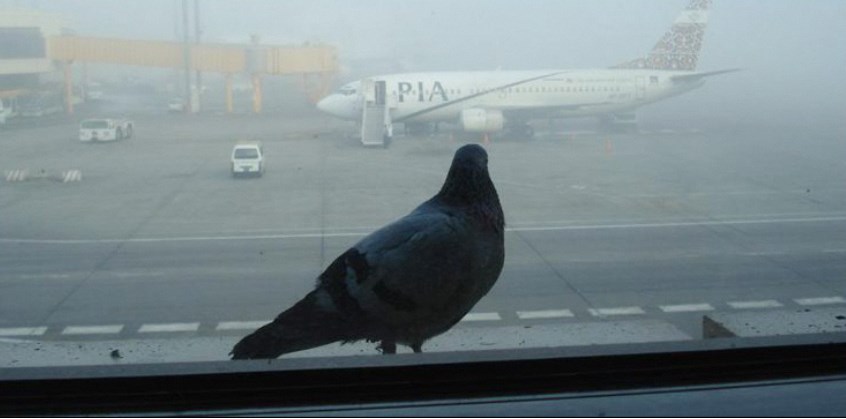Lahore has experienced an unprecedented spike in air pollution, with the Air Quality Index (AQI) rising beyond 1,000, placing it in the “hazardous” category. This severe air pollution is a result of a combination of industrial emissions, vehicular traffic, and seasonal crop burning in surrounding areas. According to environmental experts, an AQI above 300 is already classified as dangerous, making the current reading particularly alarming. Lahore’s air quality situation has worsened in recent years, exacerbating respiratory illnesses among residents and leading authorities to recommend limited outdoor activities.
In response, local government officials are looking to address the air quality crisis through various long-term strategies, including stricter emission regulations for industries and increased awareness campaigns. Schools have been encouraged to implement protective measures for students, while the general public is advised to use masks and avoid outdoor activities during peak pollution times. This air quality emergency emphasizes the urgent need for Pakistan to invest in green technologies and adopt practices that curb pollution for the health of its cities and communities.
Lahore’s air quality crisis serves as a wake-up call on the impacts of unchecked environmental issues, urging both citizens and authorities to take immediate, impactful actions for sustainable urban living.
Topics #featured #trending pakistan




